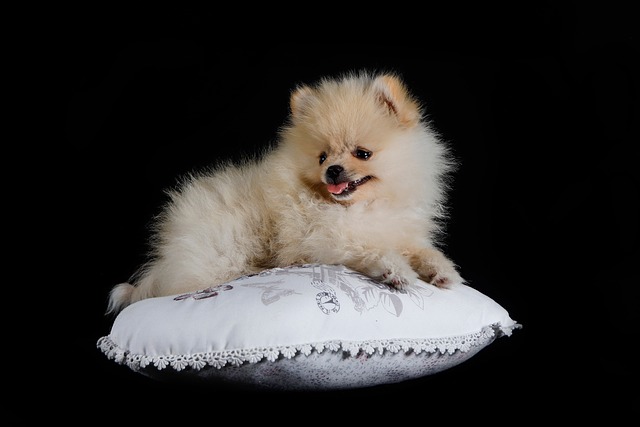
How to get your dog on a poop schedule?
Dogs thrive on routine, but figuring out how to get your dog on a poop schedule can feel tricky—especially if you’ve got a puppy still learning or an adult dog with erratic habits.
That gut-wrenching moment when a dog you’re trying to help reacts with fear or aggression can make you feel hopeless. But it’s crucial to understand that canine aggression is almost always rooted in fear, past trauma, or a lack of positive socialisation, not a desire to be “dominant.” Your goal isn’t to dominate the dog but to become a predictable, safe presence in their world. This process is slow and requires immense patience, fundamentally built on the principle of positive reinforcement. Any form of punishment, including yelling or alpha rolls (which are widely discredited by modern behaviorists), will only confirm the dog’s fear and destroy any chance of building trust. This force-free, science-based approach is not just a training style; it’s an ethical standard in animal welfare across the U.S. and EU.
So, where do you even begin? Your first and most critical step is to consult a certified professional—a veterinary behaviorist or a fear-free certified trainer. This is non-negotiable for everyone’s safety. Under their guidance, you’ll likely start with counter-conditioning and desensitization. This means changing the dog’s emotional response to a trigger from negative to positive. If your dog growls when you approach three feet away, start your work at six feet. At that distance, where they are still calm, casually toss incredibly high-value treats (like diced rotisserie chicken) behind them without making eye contact. The message is: “My presence predicts amazing things, and I make zero demands on you.” Let them choose to engage; never force interaction. Manage their environment meticulously in your apartment using baby gates or crates to prevent them from being put in a situation where they feel they must growl or snap. This prevents rehearsing the unwanted behavior and keeps everyone safe.
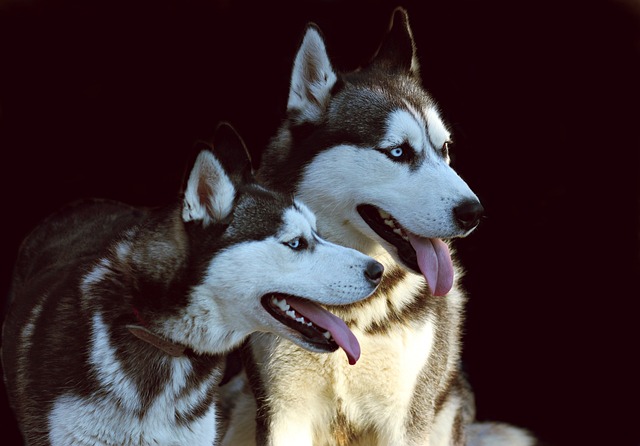
This careful management is intrinsically linked to being a responsible member of your community. A fearful dog can be a liability, making compliance with local laws even more critical. Ensure your dog’s rabies vaccination and license are meticulously up-to-date; this is a legal must-have. Your walks for potty breaks must be strategic. Choose off-hours to avoid triggers, and always, without fail, use a secure harness and leash. Your commitment to cleaning up immediately with biodegradable bags isn’t just about courtesy; it’s about reducing any negative interactions with neighbors who might already be wary. This journey with a difficult dog is long and requires a village—from your behaviorist to your understanding neighbors. By prioritizing the dog’s emotional well-being and your community’s safety, you aren’t just trying to create a pet; you are engaging in the profound, patient work of rehabilitation.

Dogs thrive on routine, but figuring out how to get your dog on a poop schedule can feel tricky—especially if you’ve got a puppy still learning or an adult dog with erratic habits.
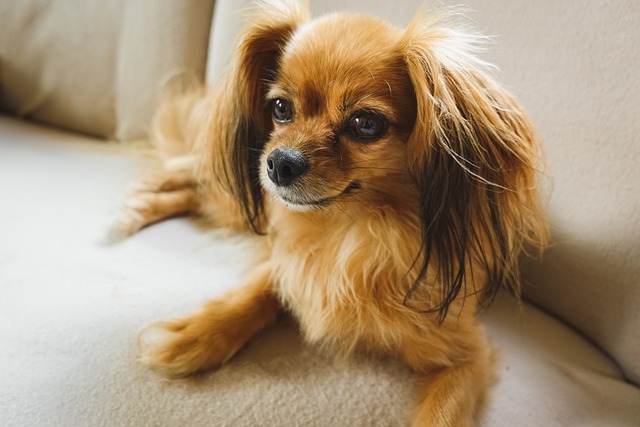
When your dog is panting and pacing during a fireworks display or a noisy garbage truck outside your window, your first instinct might be to shower them with full-body pets.

When your dog is bouncing off the walls during a home gathering or trembling during a thunderstorm, understanding what actually calms them requires looking through their perspective.
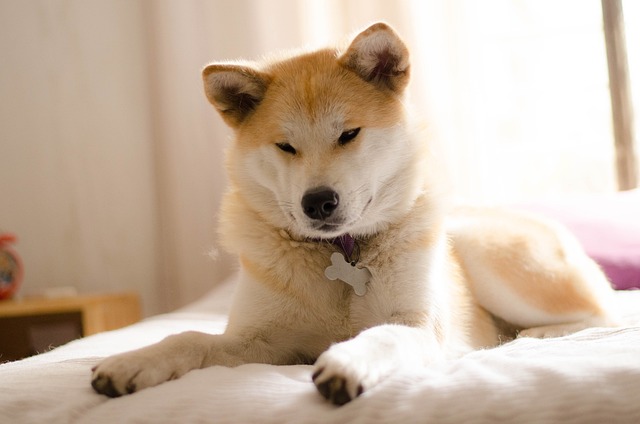
When your dog is stressed by fireworks, thunderstorms, or a vet visit, the urge to naturally help them calm down is completely understandable.
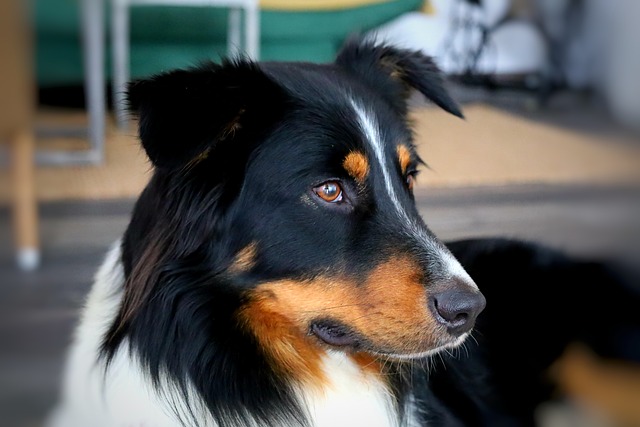
Maybe you just brought home an 8-week-old German Shepherd puppy—fluffy, curious, and already leaving tiny accidents on your living room rug.
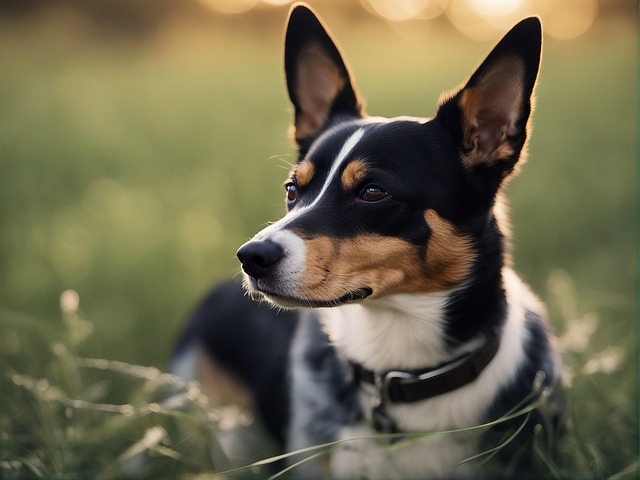
Walking through a forest with your Golden Retriever, you might watch them sniff out a squirrel and wonder if they could be a real hunting dog—even if they’re usually just a couch buddy.